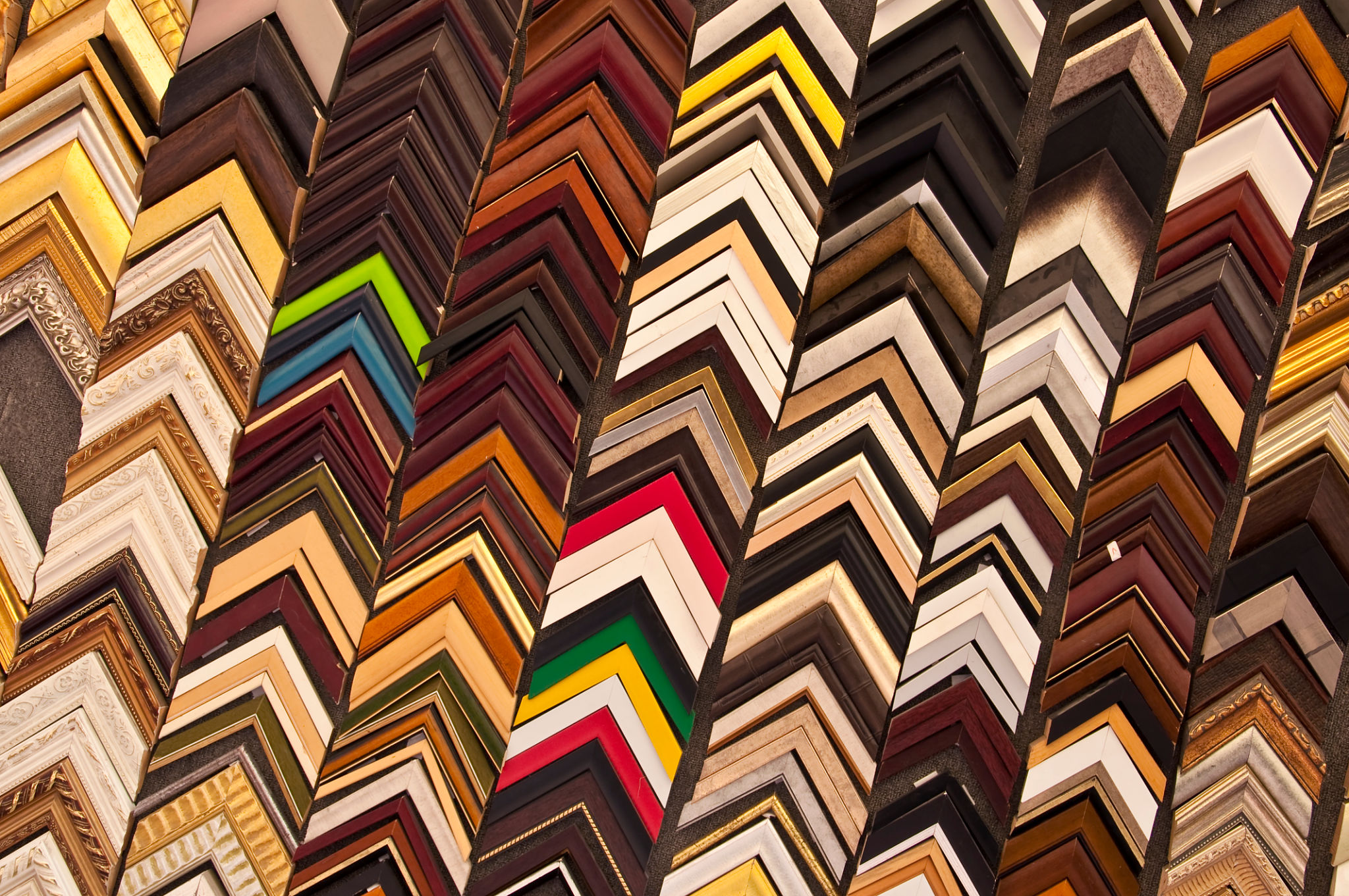Common Misconceptions About Custom Art Framing: Expert Insights
Understanding the Basics of Custom Art Framing
When it comes to custom art framing, many people have preconceived notions that might not always align with reality. It's important to understand the basics of custom framing, as it not only enhances the artwork but also preserves it for years to come. The process involves selecting the right materials and techniques to complement and protect your artwork. By debunking common misconceptions, you can make more informed decisions about framing your cherished pieces.

Misconception 1: Custom Framing Is Always Expensive
One of the most prevalent myths is that custom framing is prohibitively expensive. While it's true that custom framing can be pricier than off-the-shelf options, it doesn't have to break the bank. The cost largely depends on the materials and finishes you choose. Many frame shops offer a variety of options to fit different budgets without compromising on quality. Investing in custom framing is about valuing your artwork enough to ensure its longevity and presentation.
Misconception 2: Custom Framing Is Only for High-Value Art
Another common misconception is that custom framing is only suitable for high-value or fine art pieces. In reality, any piece of art, whether it's a child's drawing or a family photograph, can benefit from custom framing. The primary goal of a frame is to protect and enhance the artwork, regardless of its monetary value. Custom frames can add a personal touch and make any piece stand out in your space.

The Role of Materials in Custom Framing
Many people believe that all frames are created equal, which is far from the truth. The choice of materials plays a crucial role in the framing process. From the type of glass used to the matting and backing materials, each component affects the appearance and durability of the frame. Opting for archival quality materials can prevent damage from environmental factors, ensuring your art remains pristine over time.
Misconception 3: Matting Does Not Matter
Matting is often underestimated in the framing process, but it serves an essential function. It provides a visual space between the artwork and the frame, enhancing the artwork's appearance and preventing contact with the glass. This separation helps in reducing moisture build-up and potential damage. Custom matting offers a chance to choose colors and textures that complement your artwork, adding depth and dimension.

Finding the Right Framer
Selecting the right professional for your custom framing needs can make all the difference. Some may assume that all framers offer similar services, but expertise and experience vary greatly. Look for framers who are knowledgeable and willing to discuss your specific needs. A good framer will guide you through the selection process, offering advice on materials, techniques, and styles that best suit your artwork.
Misconception 4: All Frames Look Alike
It's easy to fall into the trap of thinking that frames are one-size-fits-all, but custom framing offers endless possibilities for personalization. From ornate designs to sleek modern styles, frames can be tailored to match any decor or personal taste. The customization extends beyond aesthetics; you can choose from various finishes, textures, and colors to create a truly unique look for each piece.
In conclusion, understanding these common misconceptions about custom art framing can empower you to make better decisions for your artwork. By choosing the right materials, considering the role of matting, and selecting a skilled framer, you can enhance and protect your cherished pieces for future generations.
